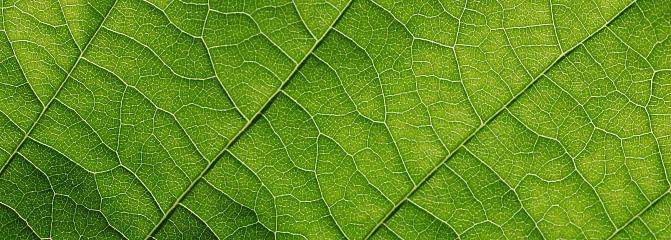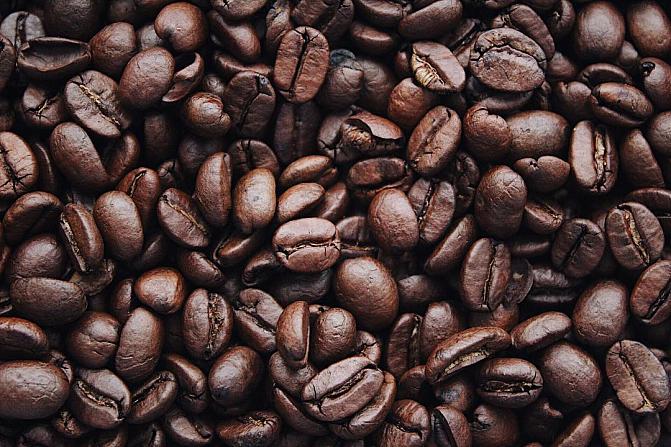The leading Finnish coffee company Paulig took part in an extensive food waste project coordinated by Luke. The goal of the collaboration was to find out how much coffee waste is generated in Finland. The research was organized as a combination of quantitative survey and diary studies. The research revealed that coffee is the third biggest household food waste category, following vegetables and fruit.

Unique research revealed that significant amounts of coffee go to waste
On this page


It has been estimated that global coffee consumption will double up by the year 2050. However, coffee plantation is becoming more and more challenging. Climate change has already affected coffee cultivation, which accounts for approximately 68% of coffee’s total climate impact. At the same time, a surprisingly large amount of coffee goes down the drain. This observation was made in an extensive research project Paulig commissioned from Luke. The main research objective was to find out the climate impact of coffee’s total life cycle.
“It turned out that coffee is the third biggest category in total food waste, only vegetables and fruit products are thrown away more. An average Finn wastes some 2.5 liters of coffee drink annually. Differences between households were significant: the 16% of households that generate the most food waste poured away approximately 13 liters of coffee per person annually,” tells Paulig’s Sustainability & Public Affairs Director Lea Rankinen.
Extensive waste research brought new information
The research project applied unique methods not used previously in this domain. Until this project, quantitative coffee waste information had not been collected.
“The origin of this strengthened cooperation between Paulig and Luke was an event about climate impact of grocery packaging and food waste. During the event we started to consider the possibility of investigating the main causes of coffee waste, as well as its volumes,” says Luke’s Senior Customer Manager Juha-Matti Katajajuuri.
Our aim is to get the people to appreciate coffee. Coffee is precious and each bean deserves to be consumed.
The research utilized multiple methods.
“First we carried out a quantitative survey and received around one thousand responses. Of those respondents, 284 households were selected to take part in a two-week diary study. Our sample was very representative with different kinds of households from all over Finland,” lists Luke’s Research Scientist Inkeri Riipi, who coordinated the project.
Just before the project Luke had developed a new online application called Hukka (Finnish word for loss), which was used in the diary study. With Hukka the participants could estimate their food waste amounts using various measurement units and compare them with model plates. They did not need kitchen scales or other special equipment to record their waste amounts, which made taking part in the project easy.
Research results produced useful content for communications
Paulig’s wish was that coffee is included as one specific product category to be investigated in the project. It turned out that coffee waste is in line with the total food waste: households that produce the biggest amounts of total food waste also throw away more coffee than others do. Furthermore, some additional observations were made: For example, coffee is wasted more in the morning than later during the day and people living alone throw away more coffee than others.
“We started to put more emphasis in coffee waste communications after the research. Our aim is to get the people to appreciate coffee. We try to get them to understand that coffee is precious and that each bean deserves to be consumed. We also give concrete tips such as that excess coffee should be frozen and consumed later as a cold beverage”, Rankinen sums up.
What was done?
Need: To find out the amount of coffee waste and its share of the total food waste
Solution: Multi-method research where consumers reported their waste amounts with an online application
Partners: None
Financier: Paulig
Collaboration model: Customer-funded research
